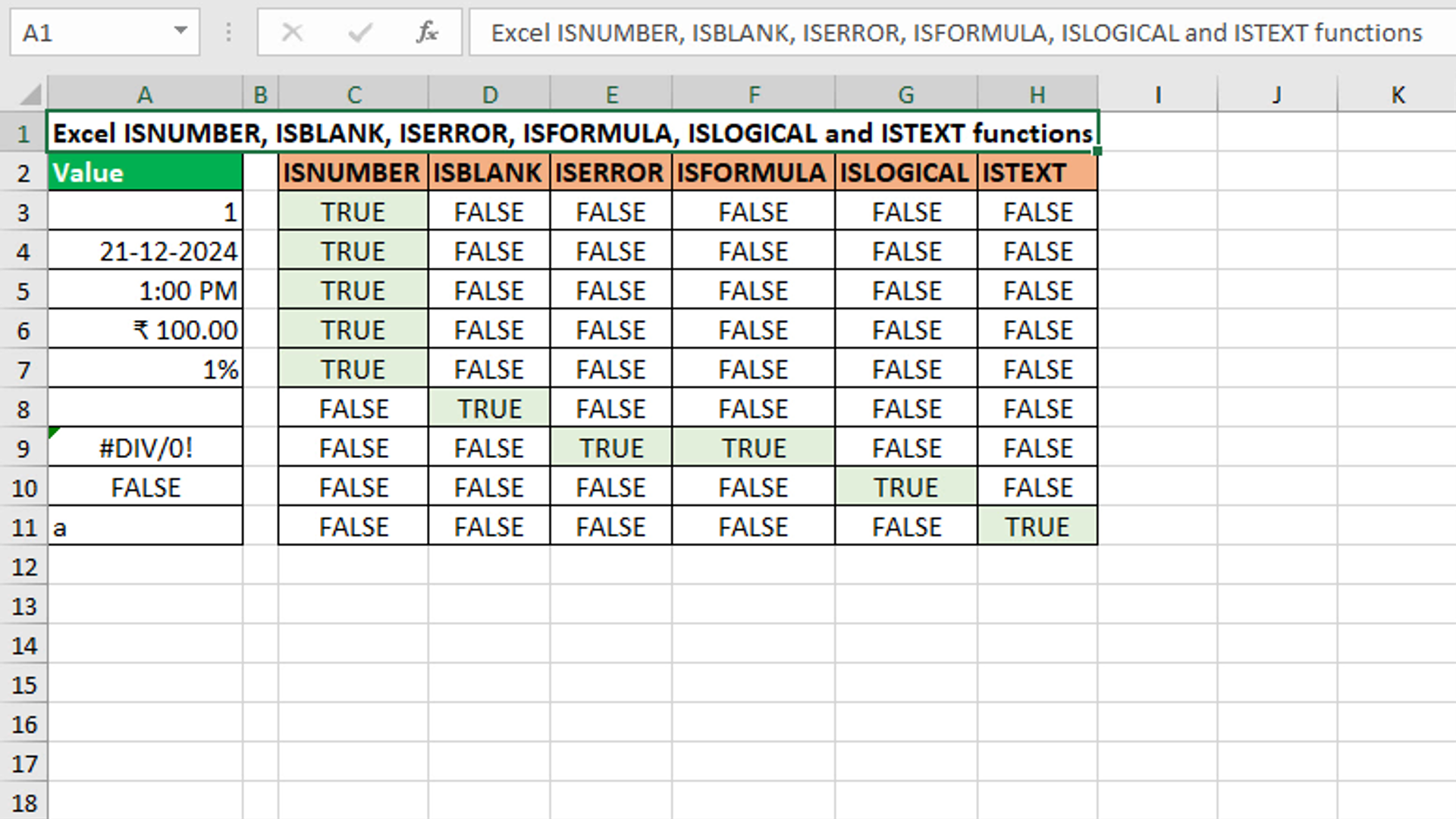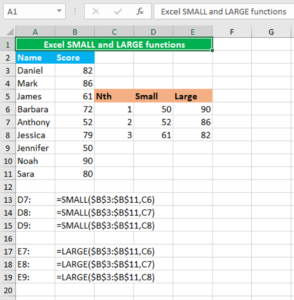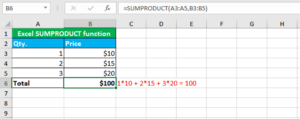Here, we will learn how to use the Excel information functions: ISNUMBER, ISBLANK, ISERROR, ISFORMULA, ISLOGICAL and ISTEXT.
ISNUMBER function
The Excel ISNUMBER function returns TRUE when the given value is a number, and FALSE if not. For example, =ISNUMBER(5) returns TRUE, since 5 is a number. The function can be found in all the versions of Excel. ISNUMBER takes just an argument value that accepts the value to check as number.
The formula in C3, copied down, is:
=ISNUMBER(A3)
ISBLANK function
The Excel ISBLANK function returns TRUE when the given cell is empty, and FALSE if not. For example, A1 is blank, and use the function like so, =ISBLANK(A1) that returns TRUE, since A1 is blank. The function can be found in all the versions of Excel. ISBLANK takes just an argument value that accepts the value to check.
The formula in D3, copied down, is:
=ISBLANK(A3)
ISERROR function
The Excel ISERROR function returns TRUE when the given formula generates an error, and FALSE if not. For example, =ISERROR(2/0) returns TRUE, since the formula =2/0 generates the #DIV/0! error. The function can be found in all the versions of Excel. ISERROR takes just an argument value that accepts the value to check for any error.
The formula in E3, copied down, is:
=ISERROR(A3)
ISFORMULA function
The Excel ISFORMULA function returns TRUE when the given cell contains a formula, and FALSE if not. For example, A1 contains the formula =2/2, and use the function like so, =ISFORMULA(A1) that returns TRUE, since A1 contains a formula. The function can be found in Excel 365 - 2013. ISFORMULA takes just an argument reference that accepts the reference to a cell.
The formula in F3, copied down, is:
=ISFORMULA(A3)
ISLOGICAL function
The Excel ISLOGICAL function returns TRUE when the given value is a logical value (TRUE/FALSE), and FALSE if not. For example, =ISLOGICAL(FALSE) returns TRUE, since FALSE is a logical value. The function can be found in all the versions of Excel. ISLOGICAL takes just an argument value that accepts the value to check as a logical.
The formula in G3, copied down, is:
=ISLOGICAL(A3)
ISTEXT function
The Excel ISTEXT function returns TRUE when the given value is a text value, and FALSE if not. For example, =ISTEXT("mouse") returns TRUE, since the formula contains the text value "mouse". The function can be found in all the versions of Excel. ISTEXT takes just an argument value that accepts the value to check as a text.
The formula in H3, copied down, is:
=ISTEXT(A3)
You have successfully learnt how to use the Excel information functions: ISNUMBER, ISBLANK, ISERROR, ISFORMULA, ISLOGICAL and ISTEXT.




